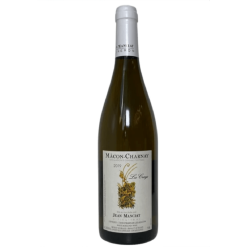Chardonnay
Chardonnay, one of the world’s most popular and widely planted white grape varieties, originated in the Burgundy region of France but is now grown across nearly every wine-producing region. Known for its remarkable adaptability, Chardonnay takes on different expressions based on where it’s grown and how it’s made. In cool climates like Chablis, it yields crisp, mineral-driven wines with notes of green apple and citrus, while warmer regions like California’s Napa Valley produce fuller-bodied Chardonnays with tropical fruit, peach, and often buttery, oaky characteristics from barrel aging. This versatility has cemented Chardonnay as a beloved grape for winemakers and wine lovers alike, producing wines that range from light and refreshing to rich and opulent.
Viticulturally, Chardonnay has several advantages but also some challenges. Its adaptability to different climates is a major benefit, allowing it to thrive in both cooler and warmer regions. However, it buds early, which can make it susceptible to spring frost, and in hot climates, it can lose acidity quickly, requiring careful harvest timing. In terms of organoleptic characteristics, Chardonnay offers a broad sensory profile: unoaked styles highlight fresh citrus, green apple, and minerality, while oak-aged Chardonnays exhibit richer, more complex notes of vanilla, butter, and tropical fruits. With its range of aromas, flavors, and textures, Chardonnay is a dynamic grape that offers something for nearly every palate and occasion.


